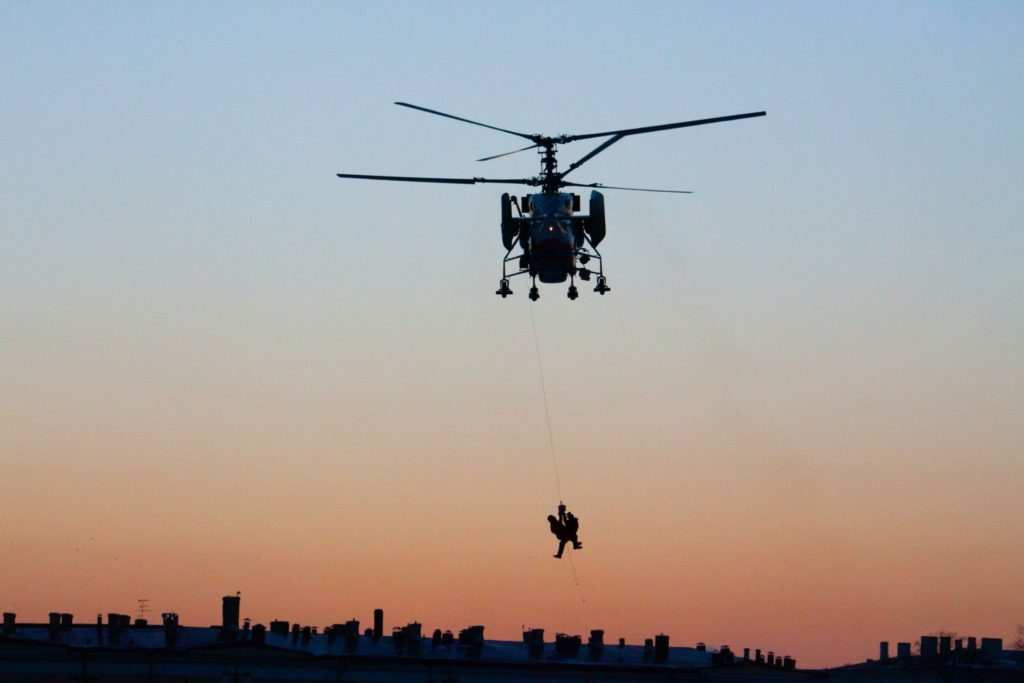No matter if you’re thinking about going into the rescue business or if you’re considering taking your recreational activities to the next level and trying rock climbing and mountaineering, you might want to learn more about various types of rescue harnesses before you buy some for yourself. This is a very important step as you don’t want to purchase the wrong kind of harness and put yourself in danger. You need to look for the size and weight limit that fit your body. While most harnesses are made to accommodate 300 pounds and more, you should still ensure that the harness you are looking into is right for your application. With all that in mind, here are some types of rescue harnesses that you should consider.
Body belts
The first type of harness you should consider is the body belt. Also known as an escape and ladder belt, this class-one harness is worn around the waist. These harnesses have D-rings in the front and back where a karabiner can be attached. With this type of harness, you can attach yourself to an escape rope, a ladder, and other kinds of safety equipment. You need to select the right size for your body so try it on with your pants on. While the body belt can be adjusted in order to accommodate various waist sizes, keep in mind that it has its limitation. Moreover, it should only be used for position or restraint.
Seat harnesses
Then, you can look into seat harnesses. As you could probably guess from the name, they support your body like an actual seat would. A seat harness consists of a belt that wraps around the wearer’s waits and two smaller belts that go around the thighs. There are also straps that connect the belt with the leg loops. Each of the components is adjustable and can easily be made to fit the wearer. It’s supposed to keep the person in the harness in a slightly seated position so that their legs can move vertically. This class-two harness is often used for going up or down trees, poles, rocks, and other surfaces.
Full-body harnesses
A full-body harness is a class-three type of harness that is basically a seat harness with suspenders. In addition to around the waist and around the upper legs, it also wraps around the wearer’s shoulders. There are many sorts of full-body harnesses, some that include only one main connection point and others that have multiple D-rings where karabiners of the highest quality can be attached so that the person wearing it is secured in various ways. In the event of emergency, a full-body harness will provide you with maximum fall protection as it offers support for the whole body and prevents the body from sliding out.
Suspension belts
There are also suspension belts that are class-four harnesses. They are used to suspend a worker or rescuer and not for fall arrest systems. Suspension belts are designed to be comfortable and thus they can be used for longer periods of time without the risk of the wearer’s circulation being cut off.
Chest harnesses
Fitting the body like a vest, chest harnesses are only worn when fall hazards are limited. They should be avoided in rescue missions where there is a huge vertical drop below. For example, they can be used to pull a person out of a smaller tank or ditch. Chest harnesses can be made of independent straps or have cushioned fabric for better comfort.
Rescue triangle harnesses
Another type of harness that can be used for extractions is the rescue triangle harness. There are no straps that need to be adjusted and the person being rescued can simply lie or sit in this hammock-like harness. Straps are attached to the ends of the harness so that it can be secured to an evacuation system and the victim transported to safety.
Dog lift harnesses

Of course, you cannot forget about animal rescue. There are also dog lift harnesses that can wrap around a dog or some other four-legged animal and take it to safety. There are four holes in the harness for the legs and it is secured on top, i.e. on the animal’s back.
Radio harnesses
Finally, you might also need a radio harness that will hold your communication devices. This will make it easy to contact your co-workers during a rescue and, being lightweight, this harness will not make you heavier and affect your performance.
Depending on what you need them for, you might require different kinds of harnesses. Make sure you do your research and opt only for high-quality products that will ensure everyone’s safety.
Author: 
I’m Willy Beamen, from Sydney, an avid researcher and editor helping website owners with content marketing
